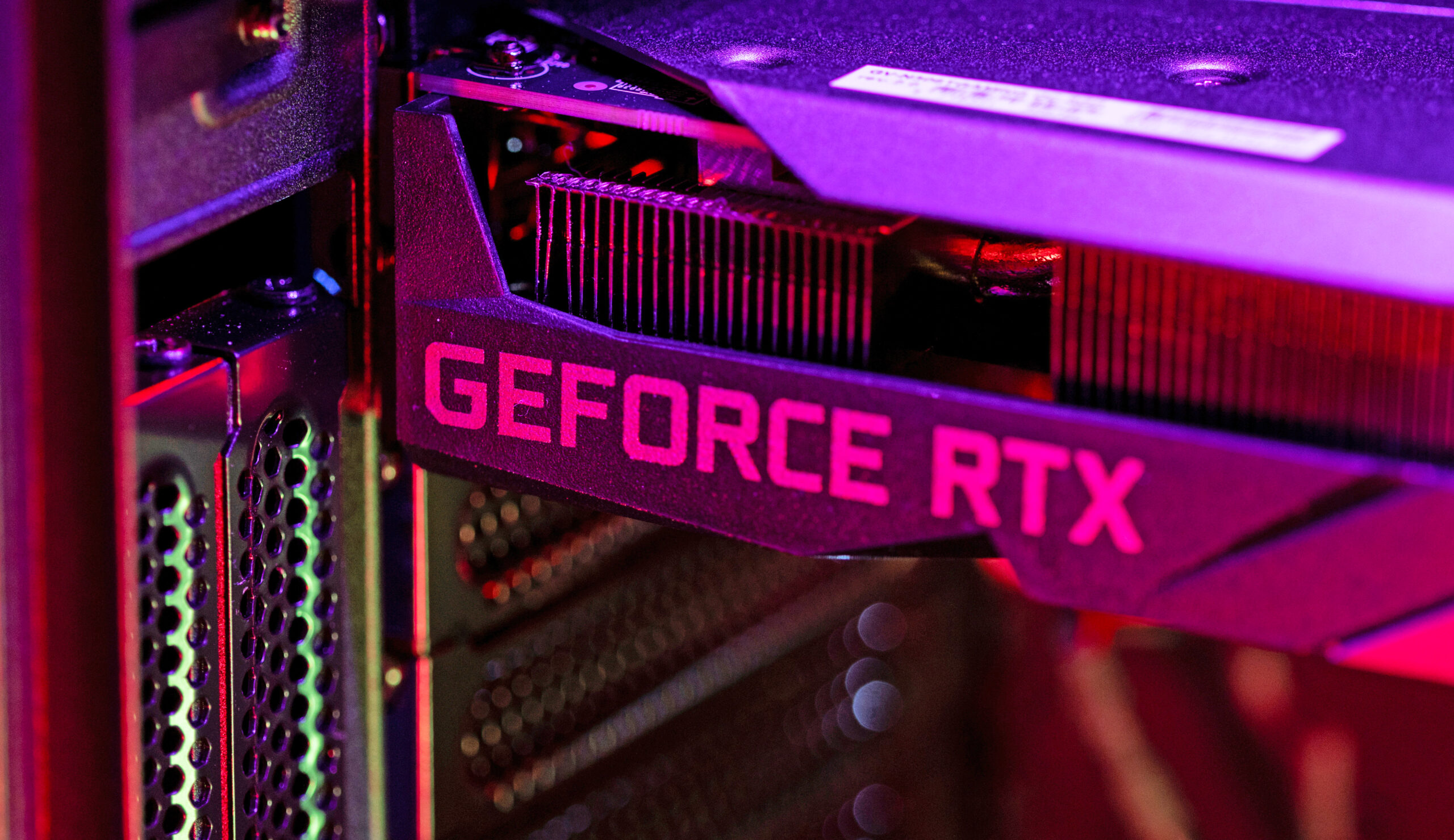Earlier this week, The Change wrote concerning the early-stage enterprise capital market, with the objective of understanding how some startups are elevating extra seed capital earlier than they work on their Collection A, whereas different startups are seemingly elevating their first lettered spherical whereas within the nascent levels of scaling.
The expedition was rooted in commentary from Rudina Seseri of Glasswing Ventures, who mentioned plentiful seed capital in america permits founders to get quite a bit completed earlier than they increase a Collection A, successfully delaying these rounds. However after these founders did increase that A, their Collection B spherical may quickly observe due to later-stage cash displaying up in earlier-stage offers in hopes of snagging possession in sizzling firms.
The thought? Gradual As, quick Bs.
After chatting with Seseri extra and numerous different enterprise capitalists concerning the idea, a second dynamic emerged. Specifically that the “typical” early-stage funding spherical, as Seseri described it, was “changing into atypical due to the rise of preemptive rounds [in which] typical expectations on metrics exit the window.”
The Change explores startups, markets and cash. Learn it each morning on Additional Crunch or get The Change e-newsletter each Saturday.
Collection As, she mentioned, may come mere months after a seed deal, and Collection B rounds have been seeing anticipated income thresholds tumble partly to “giant, multiasset gamers which have come down market and are providing a special product than typical VCs — very quick time period sheets, no energetic involvement post-investment, giant investments quantities and excessive valuations.”
Specializing in simply the Collection A dynamic, the outdated rule of thumb {that a} startup would want to achieve $1 million in annual recurring income (ARR) is now usually moot. Some startups are delaying their A rounds till they attain $2 million in ARR due to ample seed capital.

What’s totally different between the 2 teams? Startups with “elite standing” are in a position to bounce forward to their Collection A, whereas different founders spend extra time cobbling collectively enough seed capital to get to adequate scale to draw an A.
The dynamic will not be merely a United States phenomenon. The 2-tier enterprise capital market can be displaying up in Latin America, a globally necessary and quickly increasing startup area. (Brazilian fintech startup Nubank, for instance, simply closed a $750 million spherical.)
This morning, we’re diving into the Latin American enterprise capital market and its early-stage dynamics. We even have notes on the European scene, so count on extra on the subject subsequent week. Let’s go!
What’s sizzling
Mega-rounds are not an exception in Latin America; in truth, they’ve change into a development, with ever-larger rounds being introduced over the previous few months.
The bulletins themselves usually emphasize spherical dimension: As an example, the current $100 million Collection B spherical into Colombian proptech startup Habi was touted as “the most important Collection B for a startup headquartered in Colombia.” This follows different 2023 data resembling “the most important Collection A for Mexico ” — $65 million for on-line grocer Jüsto — and “the most important Collection A ever raised by a Latin American fintech” — $43 million for “Plaid for Latin America” Belvo.







